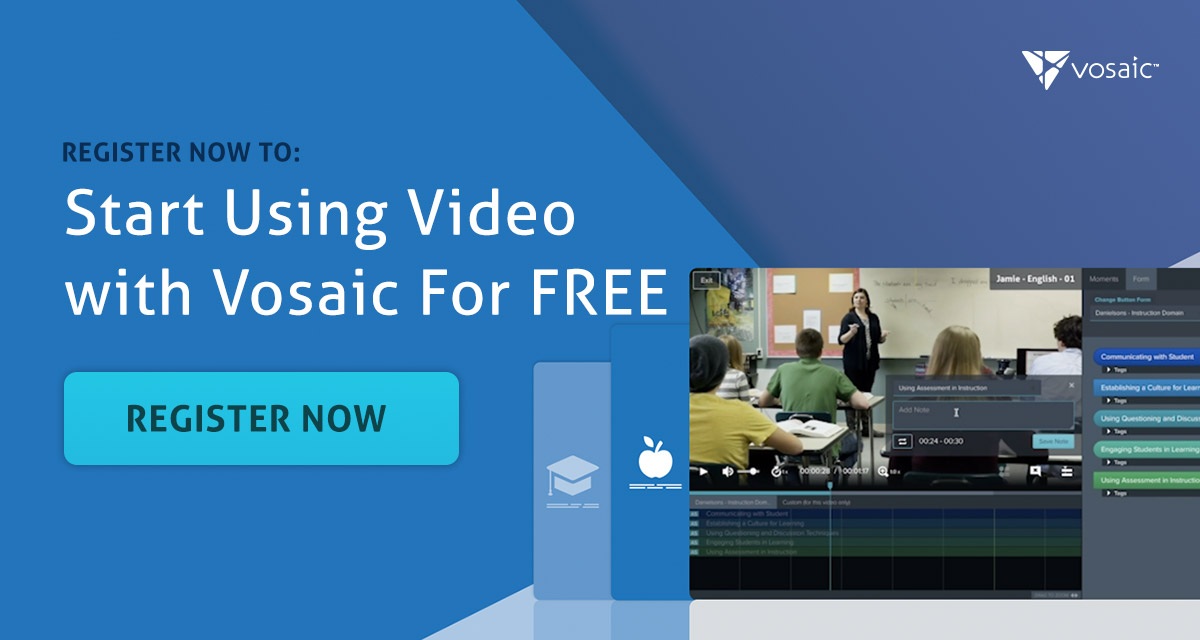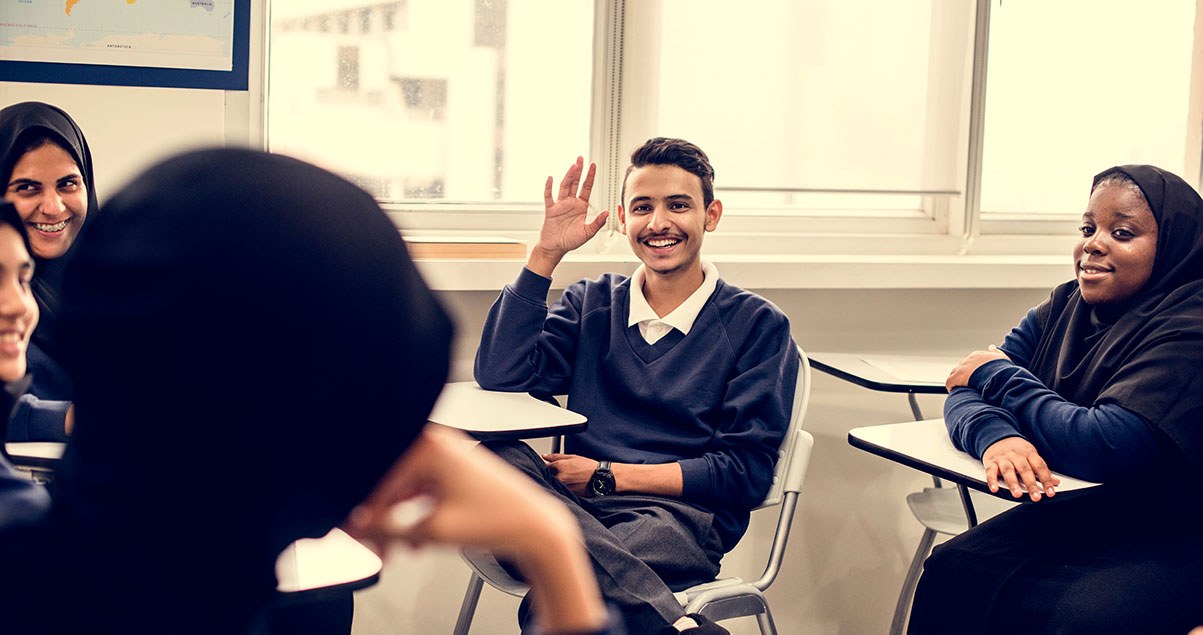We all know it; the world has changed. Many companies are choosing to reduce total in-office work time. Video conferencing and online productivity platforms are saving people money and time that used to be spent en-route to a convention or on the 30-minute commute both ways for a single-hour meeting. 48% of patients are receiving Telehealthcare in some capacity, with expected continued growth. Many universities are experiencing an extension in completely remote or hybrid online learning.
Asynchronous learning has been known for its advantages over traditional classroom environments. Students learning asynchronously are better prepared for a knowledge-based society and experience reduced equity gaps, to name a few. For example, if a student needs to work at certain hours to support themselves, they still have the opportunity to succeed in a class! However, a remote environment presents challenges in the form of decreased social interaction and slowed feedback.
With only 4% of 3000 universities polled planning to return completely in-person for the Fall 2021 semester, and the online learning industry growing by billions of dollars each month, there’s no more wiggle-room to provide less-than top-notch virtual classroom experiences. These experiences hinge on two words: asynchronous engagement. Effective asynchronous engagement has obvious benefits, like higher rates of learning and retention, but it also has more abstract benefits such as reducing feelings of isolation and fostering a sense of connectedness in students.
Dr. Tara Kaczorowski, an assistant professor of special education at Illinois State, describes engagement as being composed of three parts: reflection & deep processing, person-to-person communication, and content application. The goal for professors is to weave the three parts, or three types of interaction, into an online class curriculum. This ensures that a class itself is designed to engage students.
Stay on Top of Important Discoveries
We read case studies and academic journals so you don’t have to. Sign up and we’ll send you the key takeaways.
Person-To-Person Communication
Communication on a one-to-one level is the first key to engaging students in an asynchronous class. When students only experience communication through whole-group messaging, it can feel impersonal. Students, therefore, feel less responsibility to fully execute assignments and other course requirements, as there is little accountability for their completion. Communicating to students in a clearly personal way, and creating space for students to react to each other's thoughts and insights is a more accurate simulation of the in-person, synchronous experience of social interaction.
The most efficient way to achieve this is through the use of video to communicate with students. Watching video content utilizes both our visual and auditory senses, making it a more human experience. Below are a few suggestions for integrating both video and other resources into the asynchronous subject matter.
Teacher-Student Communication
Start with weekly intro videos. These will help students get to know you and understand that their course isn’t self-led: there’s someone guiding the ship and they need to stay on-task. This “intro” time can be used to explain future assignments and go over questions that have cropped up in the past week. Answering such questions once for all the students is an efficient way to resolve issues while conserving your time. If a larger assignment is coming up, you might decide to leave video instructions within a platform where students can ask their questions in the form of a comment for all to see, embedded right on the video itself.
The use of video lectures is another way to accomplish incorporating video into an asynchronous class. Try scripting lectures in advance to keep students enthralled in the subject matter, rather than improvising lectures as you record. However, using a script doesn’t automatically mean a professor should use a robotic tone. Keep the speed and tone as it would be in a regular conversation to engross students, and don’t heed advice to slow down your pace.
Provide regular opportunities for students to give feedback, and always promptly recognize the feedback that was given. It’s imperative that this is quick feedback since students in an asynchronous setting don’t usually have the opportunity to ask questions “in the moment,” a major frustration and drawback of asynchronous learning itself. Posting a video asking for feedback that allows students to comment (even with a video of themselves) brings in the visual and auditory senses required for a meaningful exchange. However, feedback can also be given through the use of a survey that students can fill out with extra credit given as an incentive.
Student-Student Communication
Let’s talk about discussion boards. They come from a natural need to encourage student interaction, as there would be in a traditional classroom as students raise their hands and respond to one another. However, when requirements like “post once, reply twice” etc. are incurred upon students, they can feel forced and like dreaded “busy work” with no real purpose or merit. Students might find themselves regurgitating class content in a post that simply “meets requirements,” or worse, sharing random information that has no correlation to a course’s subject matter.
This process can be vastly upgraded with video discussion boards. Video discussion boards negate all the concerns stated above in a remarkably simple manner. Instead of typing out responses to a topic or commenting with written words on others’ posts, the posts made in a video discussion board are recorded videos of real people speaking their responses to a camera. Taking a video of yourself talking through a response and watching video clips of others do so often takes less time than reading through paragraphs. Furthermore, this process lends to higher rates of understanding and engagement. Within Vosaic, administrators can attach discussion questions to specific moments within a video for students to reflect on via video or traditional comments.
Lastly, forming small groups of students for projects or further discussions can create adequate social interaction while meeting course or social-distancing requirements. Smaller groups of students can find accommodating times to meet via video-conferencing platforms.
Content Application
Finding ways to simulate real-life scenarios that make use of course content is critical for engagement in any course, face-to-face or asynchronous. The task is to take what one would normally consider as application and make creative changes to fit the mold of remote learning.
Which route you take to implement the use of content application highly depends on the material your class is learning. Some areas of study lend themselves to field-specific online simulations provided by a number of platforms. Similarly, another option is to create a case study for small groups to perform, with roles and structures provided to each member.
Another suggestion is to require an at-home role-play between students and whatever friend or family member they have at their disposal. Students can record their role-play using whichever method they are comfortable with, and upload it to a sharing platform for reflection and grading purposes.
With any of these methods, use a feedback cycle to add another layer of engagement. When students have multiple revisions and therefore more touchpoints with their instructor, they feel a higher sense of responsibility for and ownership of their work.
Reflection & Deep Processing
Now that we’ve established the role of discussion boards and video discussion boards, we can use them to tackle the brunt of reflection and deep processing. Critical reading prompts that require a video discussion board response can draw students to immerse themselves in course content. Prompts ensure that students are both actually reading and thinking about the content you provide them.
If a professor wants students to watch a field video that pertains to the course, such as a presentation or demonstration, Vosaic can also help you embed questions and prompts at specific moments for students to reflect on or leave comments. Dr. Tara Kaczorowski suggests keeping videos 8-20 minutes in length, and adding in prompts periodically to keep students engaged throughout.
Assessments required for completion purposes only can create a sense of engagement in students, though they are not actually graded based on how accurately the student answers questions. This method allows students to self-check how well they are keeping up with course material.
Finally, the enthusiasm about asynchronous adoption by the professor is a key factor in whether students will fully participate. The more professors are involved with and excited about computer-mediated communication, the better students learn.
About Vosaic
Vosaic’s cloud-based video platform is used by modern colleges and universities to help students bridge the gap between theory and practice. Easy-to-use video recording, commenting, and sharing enables colleges of education to more effectively observe, coach, mentor, and grade students. Professors and students can upload, record, and share videos for evaluations, feedback, self-reflection, and so much more.




